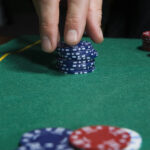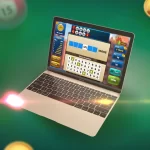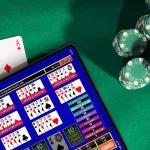
What are soft and hard blackjack hands? How to play them
When looking at basic blackjack strategies you will see that hands are divided into soft and hard categories, which are played differently. What are the differences between these hands and how should you play each one?
The basic definition
The key here is in whether you have an ace and, if so, whether you can count it as either as 1 or 11 without going bust.
A soft hand is where you have an ace, and it can be used as a 1 or an 11 because the total doesn’t go over 21 even if you count your ace as an 11. This makes it an incredibly powerful and versatile hand.
An example of a soft hand is where you have an ace and any other card, as it can’t be worth more than 21. It would also be soft if you had an ace plus a couple of 2s, as this would be only 15 if you counted the ace as 11 rather than 1. We would call that a soft 15.
A hard hand either doesn’t have an ace, or it has an ace that must be counted as 1 to stop you going bust. So, a hand with a 9 and 6 in it is a hard 15. In the same way, you might hold an ace, a 5, and a 9. This also adds up to a hard 15, as it would be 25 if you counted the ace as 11, meaning you would be bust.
This is the same in any version of the game with standard rules. If you visit one of the best NJ online casino sites, you will see variants like Blazing Blackjack 7s and Blackjack Xchange, where interesting rules are added but hard and soft hands remain the same. You can play any of their blackjack games using this definition.
How do you play these hands?
In general terms, soft hands are far more flexible. You can after to ask for another card without the fear of going bust. However, you run the risk of going bust if you hit on a hard hand.
Let’s look at the examples of a hard and soft 15 we saw earlier. The soft 15 of an ace and a couple of 2s can’t go bust with another card. If you are dealt a high card, you just downgrade the ace to 1 instead of 11. If you are dealt an 8, you now have a hand totaling 13 rather than 23.
On the other hand, a hard 15 gives us a lot less leeway. Anything you are dealt over 6 will see your hand go bust. It makes it a lot more difficult to play aggressively and hit each time.
That is why the blackjack basic strategy charts show hard and soft hands. It is often the case that you can hit on the soft version of a number but are advised to stand if it is hard.
You can see this most clearly on hands valued between 13 and 17. While your decision also depends upon the value of the dealer’s up card, you are normally advised to hit on a soft 13 to 17 and stand if you have a hard 13 to 17.
By understanding these definitions, you can apply the right strategy to any type of hand you are dealt while playing blackjack.









